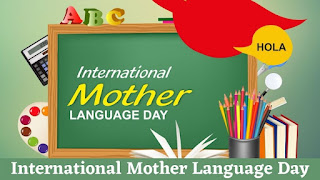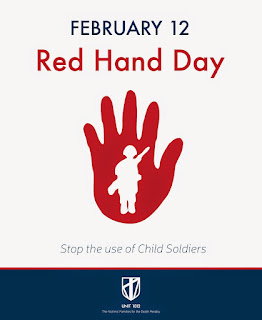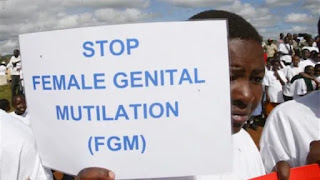Using Technology For Multilingual Learning

“Technology can provide new tools for protecting linguistic diversity. Such tools, for example, facilitating their spread and analysis, allow us to record and preserve languages which sometimes exist only in oral form. Put simply, they make local dialects a shared heritage. However, because the Internet poses a risk of linguistic uniformization, we must also be aware that technological progress will serve plurilingualism only as long as we make the effort to ensure that it does”.- Audrey Azoulay, Director-General of UNESCO. The idea to celebrate International Mother Language Day was the initiative of Bangladesh. It was approved at the 1999 United Nations Educational, Scientific Cultural Organization (UNESCO) General Conference and has been observed throughout the world since 2000. UNESCO believes in the importance of cultural and linguistic diversity for sustainable societies; and in preserving the differences in cultures and languages that foster tolerance and respect...



